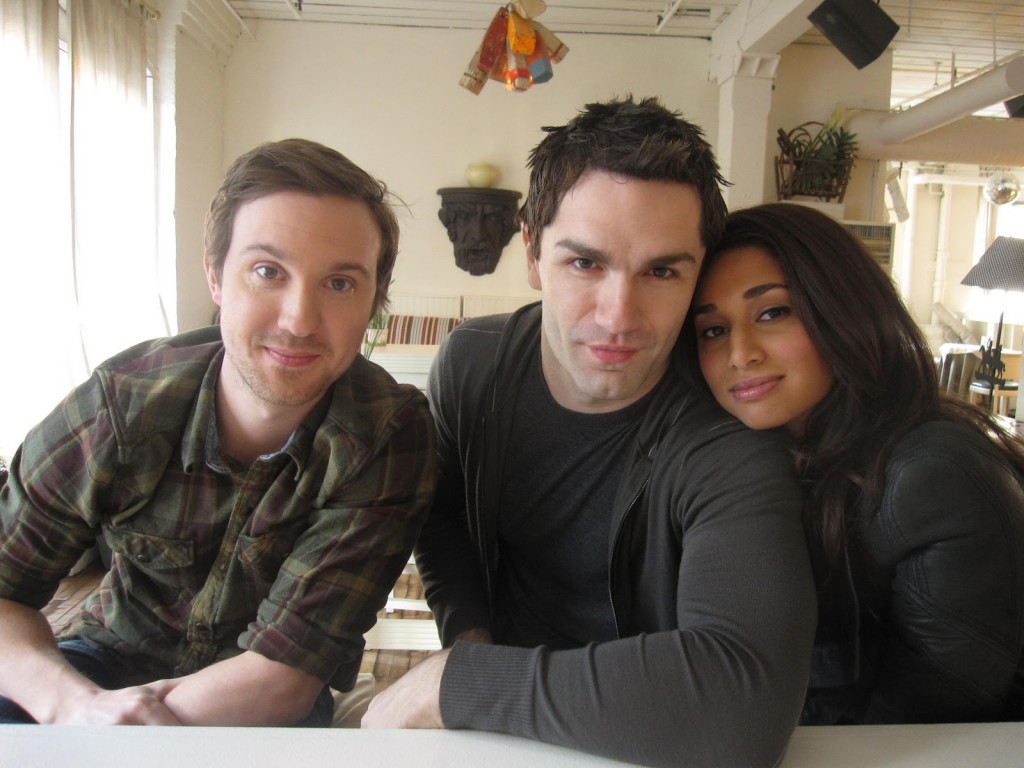 The Big Bang Theory represents one of the big puzzles for the student of popular culture. It brings in 23 million viewers at a time when most shows would be happy to have half that number.
The Big Bang Theory represents one of the big puzzles for the student of popular culture. It brings in 23 million viewers at a time when most shows would be happy to have half that number.
Big puzzles are important. They represent anomalies so large and powerful that everyone is forced to pay attention. In this superbly fragmented intellectual moment, they give us a problem in common. Everyone should have a The Big Bang Theory (TBBT) theory (TBBTT).
TBBTT can serve as a sorting device. Searching for a question to ask a grad school candidate? This is perfect. “Tell me why The Big Bang Theory is a success.” Either you have a good, interesting, original, powerful and nuanced answer. Or you don’t.
In a recent Entertainment Weekly, Amanda Dobbins canvassed a number of experts to construct an answer to the The Big Bang Theory puzzle. She captures several explanations.
1. Casting: great, veteran actors (Jim Parsons as Sheldon Cooper)
2. Prized Time Slot: Thursday night
3. CBS Factor: Les Moonves is a genius
4. Demographic reach of the show: loved by young and old
5. Catchphrase: “Bazinga” allows TBBT to live outside the show
6. Setting: the “French farce” advantages of the apartment house
7. Setting: extraordinary efficacy of that couch as a comic platform
8. Multi-camera format: and the intimacy it makes possible
9. Pacing: Goldilocks’ perfection: not too brisk, not too slow
(this is a partial list)
I would have liked to have seen more on Chuck Lorre. There can’t be any question that he’s a comic genius. His gifts were on full display in Two and a Half Men but that show was loathed by some for the unapologetic low-brow, frat-boy, bro-ness of its humor.
And it’s almost as if Lorre was saying, “What, you think my humor depends on pandering to the lowest common denominator of male humor? I can make anyone funny, even egg-head, anti-bros. Just watch me.” The Big Bang Theory may have been his “proof of genius” exercise. Mission accomplished.
And I wanted more on the Sheldon Cooper character. He is a deeply obnoxious human being. And Dobbins notes how effective “monsters” can be for comedic purposes. I wonder if the Parsons character doesn’t have Archie Bunker range. We laugh at him. We laugh with him. We laugh at him and with him.
This would give the character his demographic breadth. But it would also allow him to go to the heart of some of the issues, some of the contradictions, of our moment, and make them active, thinkable, graspable…not because Parson/Cooper resolves them as contradictions but because he lives them as contradictions…or we live them as viewers. This is a moment when we have seen the cultural center of gravity move from heroic males to brainy ones, from creatures of mastery to creatures who are effective and influential in spite of (and some times because of) their social disabilities and eccentricities. Sheldon Cooper may speak to some of the puzzles in our midst.
Finally, for me, and for all its virtues, the Dobbins’ treatment helps heighten the mystery. All these factors seem right, but they don’t explain the success of this show. Let’s be clear. TBBT is a semiotic, political, cultural, entertainment miracle. Mass media in the twilight of mass media. A big show with extraordinary reach in an era where virtually every other show is smaller and more narrow in its appeal. TBBT has bucked every trend, defied every tendency. Explain this and other mysteries are perhaps revealed!
What is your TBBTT?
Bibliography
Find Dobbins’ essay here.



